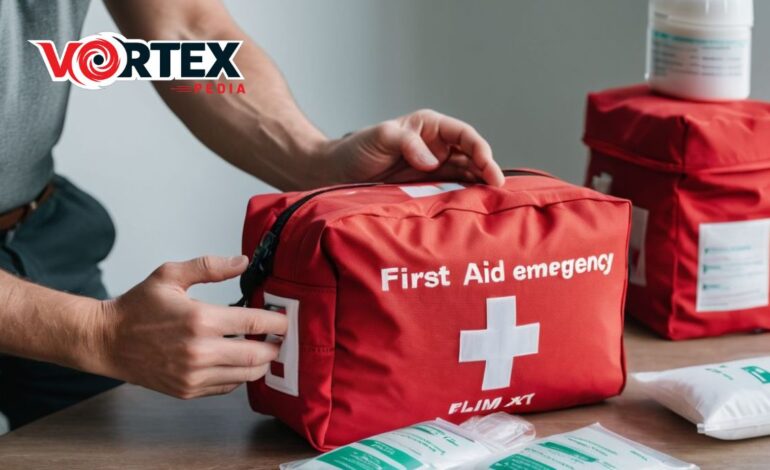
How Your Favorite TV Shows Are Made: An Insider’s Look
Today’s scenario of television stations is completely different from that of the early days when transmission was in black and white. Current-day shows are grander than previous shows, the sizes of the shows are varied and complex as never before. But have you ever given a thought to how that show you love watching on television comes to be produced? TV shows: idea to air A common process each show passes through when on a journey from the drawing board to the television. Below is a guide to understanding how the television shows you watch are produced.
1. Concept Development
It starts from an idea that is developed to form a complete thought process. This stage is often where writers, producers and occasionally even the network(s) conceive and originate ideas for a new show. The purpose is to come up with an interesting and signature premise that will attract people’s attention.
Pitching: Writers come up with concepts on their own, and present them to the networks, or to the streaming platforms. In this pitch, one is expected to include a brief plot, main characters, and the intended theme and feel of the intended show.
Pilot Script: If a network or streaming service is interested they are written a pilot script. This script is used to familiarize the audience with anything going on, the main characters, and a brief overview of the show.
2. Pre-Production
Finally, once there is approval of the pilot script, comes the pre-production stage. This actually implies a lot of planning and preparation to ensure that all requirements are met and all prerequisites of the shoot meet are met.
Casting: The casting directors then perform auditions to select actors that would most suit the characters. Casting is also quite intensive and can take a lot of time before the best actor is chosen out of the many in the theater.
Location Scouting: Thus, specific locales are chosen as a result of the thematic focus of the show. Sometimes this might involve identifying the appropriate locations to use in shooting a scene or creating a set in a studio.
Design and Planning: There are those that are involved in set designing, costume, and prop designing. Art directors and set designers try to make the atmosphere as appealing to the eye as possible and as fitting to the show.
3. Production
Finally, there is the production phase in which the actual show comes to life thus everything has to be in place. This is a common set where most of the shooting is conducted Most of the shooting is done in the location.
Filming: This involves actually taking a scene and shooting it based on the script that has been prepared for shooting. This entails actors, directors, and the camera crew when shooting scenes. Thus, in terms of filming, the show could be filmed either on location on set, or both depending on the show.
Directing: Directors control the ways of movements of actors and they have control over how the scene is going to look like. They are an oversight body that makes sure that the vision of the show is achieved and that all episodes of the show will have the same standard of quality.
Sound and Music: Recording engineers capture the conversation between the actors, other noises, and even the background clamor. Composers produce tunes that supplement the atmosphere of the show.
4. Post-Production
When shooting is complete the show continues to post-production where all the various components are compiled into the final show.
Editing: They complicate the construct of editing by deciding on which of the takes should be used and how the individual scenes should be built into the correct sequence. This stage also involves other processes such as; compositing, color grading, and checking if the paces of the episode match.
Sound Design: The sound team puts music and sound effects of the show and ADR also to make the view more lively. This is where the final synchronization of sound and picture track is done, to produce an audible and visible final product.
Visual Effects: Any dramatic effects like CGI or any other special effects are included in the post-production of the show. Actors by performing to these scenes aim to achieve a natural blend of the components with the actual shooting.
5. Marketing and Distribution
Finally, the show is prepared Now it is time to advertise and disseminate the show to the audience.
Marketing: In most cases, the marketing teams design the trailers that accompany movies, movie posters, and social marketing material. Such tactics plan on how to popularize the events in order to attract the necessary number of viewers.
Distribution: The show is then aired to the networks or uploaded onto the various streaming platforms. It has been also implied to refer to arranging deals and making sure the show gains the targeted demographic.
6. Audience Reception
Over, it goes straight to the viewers’ response as an audience to the show that has just been aired. The success factors of the show are understood from ratings, reviews, and responses from the viewers.
Ratings: Television ratings offer a figure or statistics in relation to the number of people who are tuned to the show in question. It can serve to bring a decision on whether the show should be produced for more seasons or not.
Reviews: Critics watch episodes and they make a comment on the program, which affects the public’s response to the program. Being a documentary show it directly impacts the views that are given by the audience and more so positive comments make the show popular or less popular when negative comments are given.
7. This paper aims to discuss the possible future developments in the television production industry.
The general outlook of producing television programs is dynamic in nature. These actions include the increased use of new technologies, shifts in the audience’s viewing habits, and new distribution methods, which are forming the future of television.
Streaming Services: Thanks to the streaming services, the very idea of TV shows and their production has been shifted to a new level and new possibilities to make content available to the audience.
Interactive TV: Webisodes have become more engaging with elements like, choice making within episodes as the audience is now able to make choices throughout the episode.
Global Influence: It might be noted that international content is on the rise and the shows represented belonging to the countries other than the country it was aired also impact mainstream TV.
Conclusion
Making a TV show is a challenge that involves getting multiple skilled personnel to work in confluence to achieve a common goal. Every step helps in creating the programs we watch and enjoy from the time the idea is conceived to the moment it is transmitted to the viewers. It is always appreciated to know the efforts and the input that people put into the making of TV shows in order to be able to appreciate the shows one loves. The next time you conveniently flip through the channels to get to your favorite series, do not forget the exhaustive journey the latter perhaps undertook to get to where it is.








